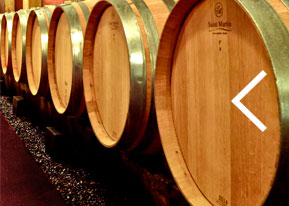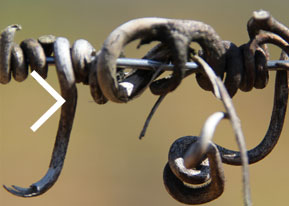Each vintage is unique and permeates the profile of the different vintages of Michel Mallard and sons' vineyard. An expression of the terroir that is reflected in the wines : Bourgogne, Côte de Nuits-Villages, Chorey-les-Beaune, Aloxe-Corton, Savigny-les-Beaune, Ladoix, Corton and Corton-Charlemagne.
2023
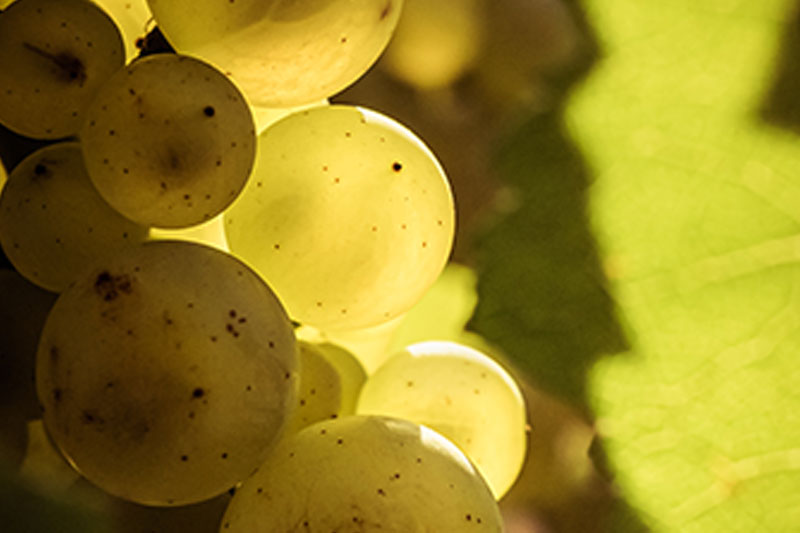
It is the lack of water that ushers in the 2023 vintage. The water deficit from the 2022 growing season continued to worsen throughout the autumn and winter months of 2022/2023. March, however, brought abundant rainfall, partially replenishing the water table and bringing much-needed relief to the plants.
As for temperatures, the beginning of the year was marked by alternating mild and cool conditions. Only towards the end of March did temperatures stabilise, allowing the first tiny green shoots to emerge from their cottony buds.
This fluctuation in temperature resumed until May 19, delaying the vine’s vegetative growth. After this date, aided by favourable weather, development accelerated and the first signs of flowering appeared in early June. Water, however, remained scarce. The first two weeks of July were marked by scorching heat and thunderstorms, occasionally accompanied by hail — as in Chorey-lès-Beaune, where our “Beaumonts” plot was affected.
The summer season continued under cool, overcast skies, which slowed the onset of veraison and favoured the development of rot such as Botrytis cinerea. From mid-August onwards, the weather changed dramatically, giving way to heat and drought. Ripening, which until then had been sluggish, finally got underway.
Due to the deterioration in grape health caused by grey rot, every bunch underwent extremely meticulous sorting to remove impurities. Harvest began on September 1, 2023, in our Aloxe-Corton “Les Crapousuets” parcel, and ended on September 13 with the Ladoix “Les Buis”. A very Burgundian vintage, combining balance and drinkability.
2022
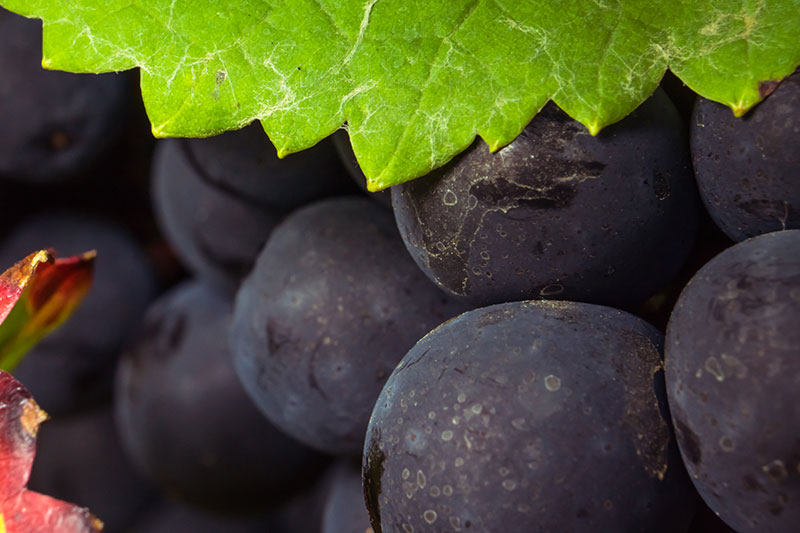
It was a winter broadly in line with thirty-year climatic norms that set the tone for the 2022 vintage. From February onwards, however, temperatures soared — 2022 recorded the highest weather readings ever observed. Stimulated by this early spring warmth, the vines awoke and began to unfurl their first leaves around April 18. A few cooler — even frost-prone — episodes, reminiscent of the 2021 vintage, punctuated the period. Fortunately, damage remained minimal.
Growth accelerated rapidly, boosted by the heat of May. The first flowers began to appear at the end of the month. The water stress that had started to build up was alleviated in June, thanks to a first rainy spell in the early part of the month and a second, more intense one in the final week, delivering up to 100 mm of rainfall.
The summer months that followed were particularly dry. The vines’ vegetative cycle was disrupted, and veraison in particular progressed slowly, with mid-veraison reached on August 8. A much-needed 20 mm of rain around mid-August helped relieve the vines and refine grape ripening.
As harvest approached, the vineyard was in relatively healthy condition. The intense heat had naturally curbed downy mildew development, and the late onset of powdery mildew in July had little impact on the grapes.
Harvest began on August 24 in our Aloxe-Corton Premier Cru “Les Valozières” plot and concluded on September 3 in our Côte de Nuits-Villages “Le Fourneau” parcel. A vintage marked by elegance and refinement — truly a great year.
2021
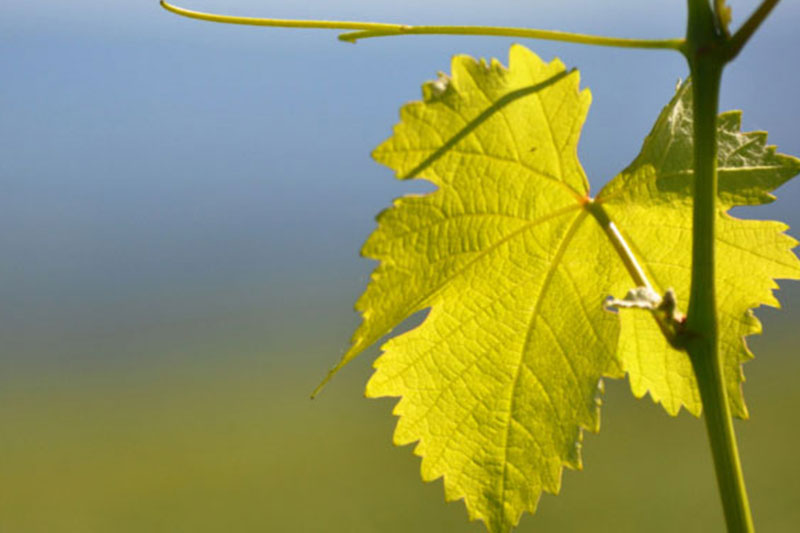
An excessive vintage, but unlike the previous ones, freshness and humidity mark this new year. Let's review the highlights of this vintage together... At the end of March the vine emerged from its winter slumber. However, this resurgence was sadly interrupted by the arrival of a polar air mass that swept across the country from 5 April. The landscapes were covered in snow and the air was icy. For three days, the atmosphere was humid and cold, a formidable cocktail for the delicate buds that had just emerged. Chardonnay, due to its early ripening, was heavily impacted, as were the advanced plots of Pinot Noir. The vine, halted in its growth, became a veritable feeding ground for predators like bud-eating insects. The potential of our harvest, from Village to Grand Cru, was truly tested ! The following months were not much better... Cool weather, hailstorms, and nearly daily rainfall provided favourable conditions for diseases such as powdery mildew, downy mildew, and botrytis cinerea. However, two weather windows spared the vine :
- The second half of June brought a gentle warmth, sparing the flowering process.
- Then, from mid-August, there was less rainfall, allowing the grapes to mature slowly until harvest.
So, the first sounds of secateurs were heard across the vineyard on 17 September. Despite all these challenges, the Chardonnay and Pinot Noir have shown remarkable resilience. 2021, a vintage of challenges, stands out with its remarkable elegance.
2020
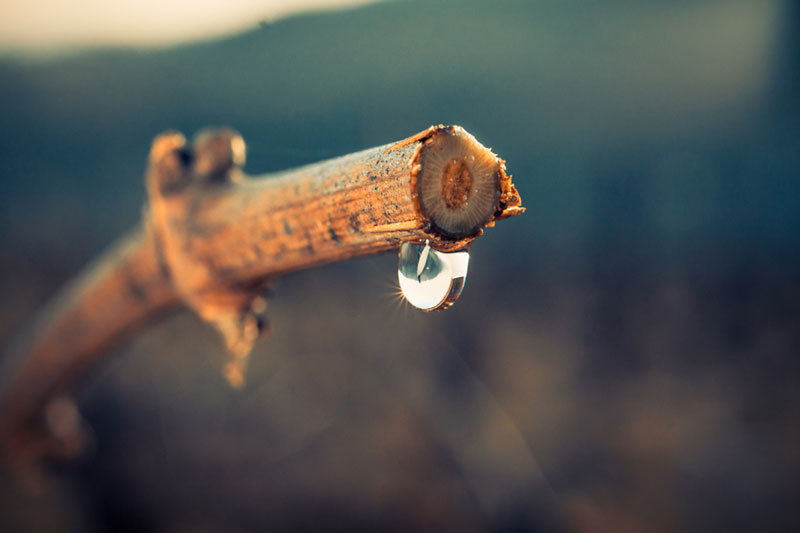
In the series of hot, dry vintages, 2020 takes pole position, although it falls short of the drought of 2003. Let’s recap from the beginning of this year... The vine awoke prematurely, driven by exceptionally mild winter temperatures. As early as the second half of March, we saw the emergence of delicate green shoots in our vineyards. This growth was briefly slowed by the arrival of cold, dry air from Scandinavia. Fortunately, these native buds remained unaffected and there was no cause for alarm ! From mid-May, the good weather truly set in and the flowering process began. This was short-lived and concluded quickly by the end of the month. The vine's cycle continued, but the lack of water and the heat, intensified by two heatwaves in late July and early August, hindered the véraison. The vine, especially the Pinot Noir, struggled and found it difficult to survive. This was obvious... Feeling helpless, we watched the vine, its grapes scorched, its leaves yellowed and withered. A few showers in the form of localised thunderstorms finally unlocked the completion of grape maturation. Against all expectations, acidity levels were maintained in the berries, promising a beautiful balance to the future wines. Harvest started on August 20th with the Corton Grand Cru Les Renardes, an unprecedented occurrence at the Domaine ! 2020 has followed in the footsteps of other extreme vintages and revealed a rare beauty.
2019
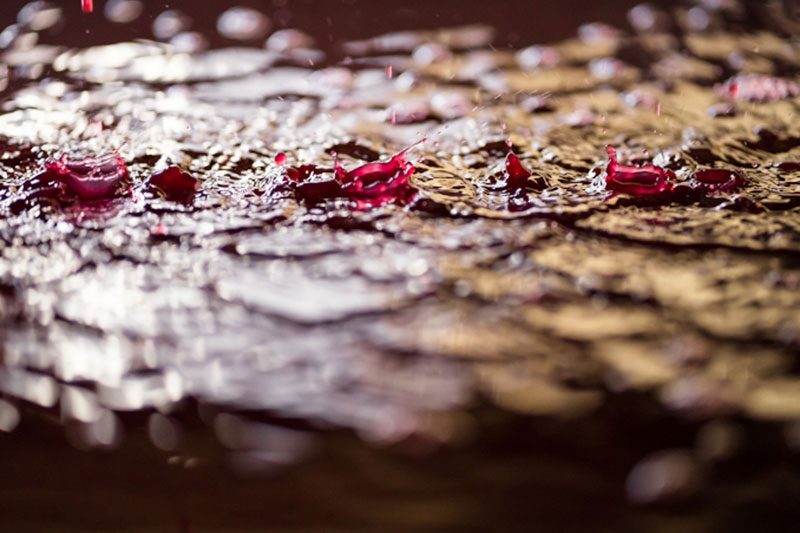
Once again this year, Burgundy was struck by heat and drought. As the new vintage took hold, the region experienced a gentle warmth. This mild weather coaxed the vine out of its hibernation, awakening it early as tiny buds emerged. By early April, the vine was covered with delicate green shoots. However, the mercury was still capricious and temperatures fluctuated between hot and cold. These variations affected the flowering process, which was drawn out and finally concluded towards the end of June. We witnessed phenomena such as coulure and millerandage, related to these chaotic weather conditions. As for the health aspect, only powdery mildew posed a concerning threat. However, thanks to the diligence of Dino, Rosa, and Noël, this unwelcome guest was successfully controlled. Finally, as summer settled in, temperatures soared higher than usual. This intense heat was accompanied by hailstorms on 6, 7, 14 and 20 July, but fortunately, we were spared any damage. Despite these challenges, the vines continued to grow. The berries absorbed light and warmth, undergoing their colour change (véraison) after the rains from 9 to 11 August. The grapes followed their cycle, ripening smoothly without any setbacks. The sounds of the first secateurs were heard on 9 September. The quality of the berries attests to a mature and well-balanced vintage.
2018
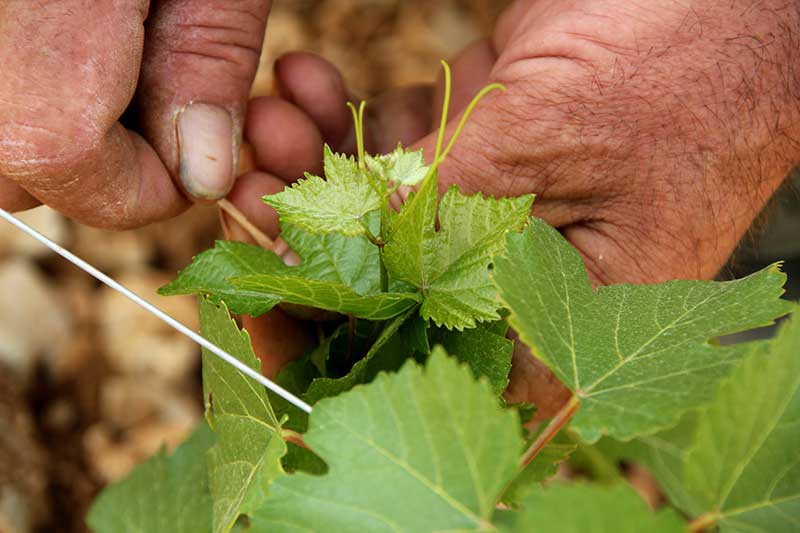
This vintage could be summed up in three words: “heat, drought, and heatwave”. And if the harvest did not dry out on the plants, it was thanks to the excess water that fell in the previous autumn and winter. To recap… The vines were drawn from their sleep in cool, rainy weather around the second half of April. Sunshine came with it and stayed for a while, encouraging the plants to make up the delay in growth. At that time the soil was waterlogged, making our work in the parcels complicated, and sometimes even impossible. This welcome warmth allowed us to work closely on the vines as they developed. The race was on !! The calm spell did not last, however, and from May to mid-June, the rain that fell every day was disastrous for flowering. These conditions prevented the fruit from setting and threatened mildew, which this year was said to be particularly virulent. Our fear was palpable. However, the sun reappeared to stop the proliferation of this troublesome disease and stimulate the vine growth. Sunshine was optimal with some extremely hot spells. A few storms struck, in particular the hail that ravaged the Nuits-Saint-Georges sector on 3 and 15 July. The vines continued to grow under the burning sun and the berries started to colour towards late July. August was much the same. Fortunately there was plenty of underground water to quench the thirst of the plants. The vines were in fine health come harvest, on 27 August. Full-bodied wines with juicy berries of incredible phenolic ripeness. A great success !
2017
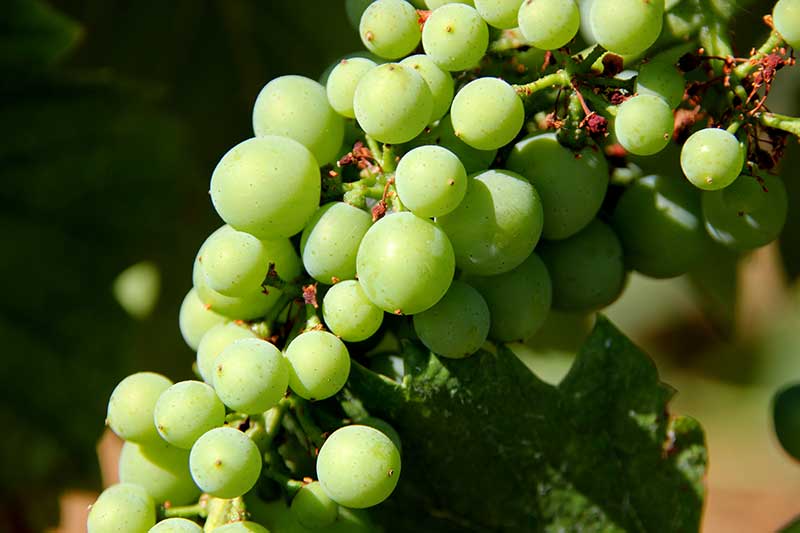
At last a real winter opened the 2017 season. Cold, yes, but a lack of water made its effects felt throughout the vine growing period. Warmer weather arrived in February, hastening the start of growth on the sleepy plants. The delicate buds finally opened right at the start of April. This period re-opened the wound of the black frost in 2016, still very present in our memories. Our fears were revived with the threat of frost in late April. To our great relief, the Côte de Beaune and Côte de Nuits vineyards were more or less spared. The vine growth continued, accelerating in May due to the mild temperatures and occasional showers. Flowers opened early and quickly in the second half of May, spreading evenly throughout the vineyard. The ensuing summer was just as clement, with high temperatures and a few rare showers providing water to the thirsty vines. These conditions enabled us to keep fungal disease at bay with targeted treatments. By late July the berries were starting to colour. They matured in late August thanks to some providential rainfall. Harvesting began in very early September. An indulgent vintage after the crazy marathon of 2016. The wines are charming, with tender fruit, and thoroughly enjoyable while young.
2016
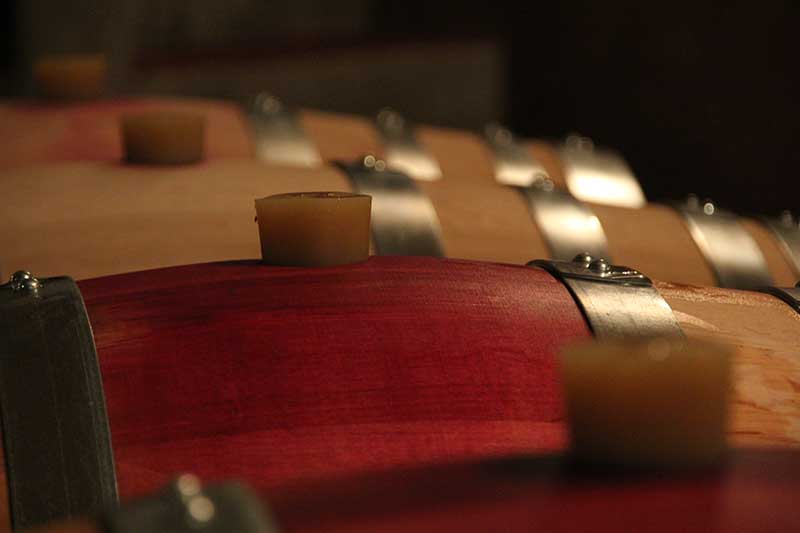
The new year began with a particularly mild, dry spell. However, the cold temperatures in March spread over the vineyard, delaying the start of vine growth. Just as the young, plump, still downy buds were starting to open, a frosty spell cut them right back. That terrible night of 26-27 April remains engraved in our memories. Some parcels on the estate, Savigny-les-Beaune 1er Cru Les Serpentières, Chorey-les-Beaune Les Beaumonts, Ladoix Clos Royer and our Bourgogne and Bourgogne Aligoté appellations, suffered 80-100% damage. Our crus Villages, 1er Crus and Grands Crus mostly located on the hillsides suffered about 30% damage. The following spring, with its occasional hailstorms, continued the pervading gloom and added to the general mood of anxiety. The alternation of rainfall and sunshine produced a humid atmosphere, providing ideal conditions for mildew ! The damp also affected flowering and prevented fruit set. Large amounts were lost. Summer settled in at last, but the lack of water prevented full ripening. The berries coloured in the second half of August and the grapes began to mature, reaching full maturity in early September thanks to some rain showers. Pruning began on 24 September in the Clos Royer. In spite of the discouraging growing conditions, the Pinot Noir was excellent. Perhaps it only gives of its best in the most difficult years !
2015
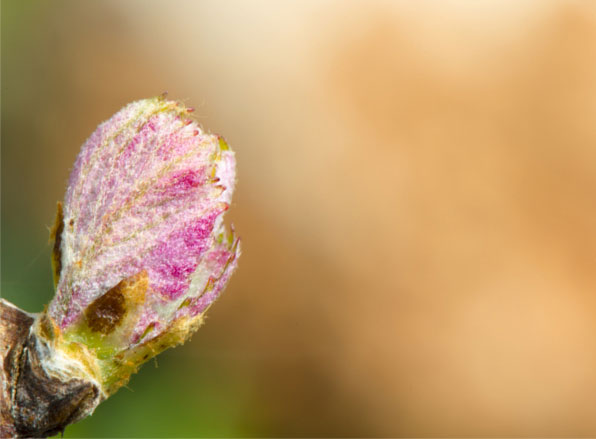 This new vintage is initiated by an overflow of water in autumn and a dry winter. The impetus is given, the 2015 campaign falls under the yoke of drought. Indeed, as of the month of March, heat and absence of water intensify until the end of July. These conditions influence the growth of the vine, which after an awakening in mid-April, will see its vegetative cycle accelerate. The same will apply to powdery mildew, the pressure of which will increase and will be difficult to control until July. Fortunately in early June, the passage of the flower takes place perfectly in a few days only. Then, thanks to the gradual exposure of the grapes to the sun, the berries will be only slightly impacted by the phenomenon of scalding (grilling). On the other hand, the first symptoms related to the drought appear in July. Young plants and vine stocks on shallow soils - inducing a root system on the surface - struggle to survive. The strong heat also suspends the veraison. The situation is unblocked at the beginning of August with the saving arrival of the rain. The maturity takes place without a hitch and the harvest starts on September 2 under a beautiful sun. 2015, an early vintage with remarkable concentration !
This new vintage is initiated by an overflow of water in autumn and a dry winter. The impetus is given, the 2015 campaign falls under the yoke of drought. Indeed, as of the month of March, heat and absence of water intensify until the end of July. These conditions influence the growth of the vine, which after an awakening in mid-April, will see its vegetative cycle accelerate. The same will apply to powdery mildew, the pressure of which will increase and will be difficult to control until July. Fortunately in early June, the passage of the flower takes place perfectly in a few days only. Then, thanks to the gradual exposure of the grapes to the sun, the berries will be only slightly impacted by the phenomenon of scalding (grilling). On the other hand, the first symptoms related to the drought appear in July. Young plants and vine stocks on shallow soils - inducing a root system on the surface - struggle to survive. The strong heat also suspends the veraison. The situation is unblocked at the beginning of August with the saving arrival of the rain. The maturity takes place without a hitch and the harvest starts on September 2 under a beautiful sun. 2015, an early vintage with remarkable concentration !


